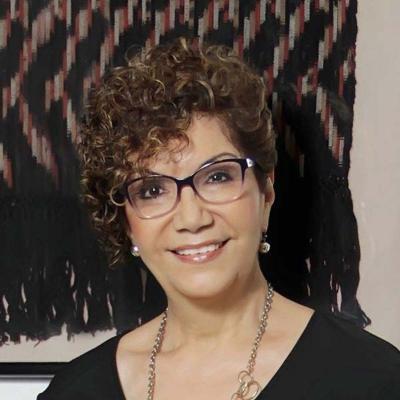
Dr. Dina C. Castro is director of the Institute for Early Childhood Well-Being and the inaugural Bahamdan Professor in Early Childhood Well-Being at Boston University Wheelock College of Education & Human Development. Her scholarship focuses on equity and quality in the early care and education of bilingual children in immigrant, migrant, and indigenous communities. It is conceptualized at the intersection of language, culture, race, ethnicity, and disability, recognizing the need for interdisciplinary approaches across the fields of early childhood development and education, bilingualism and bilingual education, and special education.
Before joining BU, Dr. Castro was professor and the Velma E. Schmidt Endowed Chair in Early Childhood Education at the University of North Texas (2014–2021). She also held positions at the Mary Lou Fulton Teachers College, Arizona State University (2013-2014), and the Frank Porter Graham Child Development Institute, and the School of Education at the University of North Carolina at Chapel Hill (1997-2013). She also served as director of the Center for Early Care and Education Research: Dual Language Learners, a federally funded national research center focused on increasing our understanding of practices and measurement to improve early care and education for bilingual children. Her research has been funded by the Institute of Education Science, the National Institute of Child Health and Development, the Administration for Children and Families and the Office of Special Education Programs.
Reaffirming Our Multilingual/Multiliteracies Pedagogical Knowledge Base: Strengthening the Research to Practice Connection
| 1.Introduction (8m 36s) “I came with a four-year-old child and that put me in the shoes of the families that are raising their children in an environment where [the] language and culture that we bring with us is not represented in schools.” |
|
2. Linguistic Diversity in the United States (6m 45s) “Linguistic diversity is part of our community; our society is made of this diversity and that’s not going anywhere.” |
|
3. Children of Migrant Families (3m 37s) “[Immigrant] children are not only subjects to teach English to. They are also human beings that have all these other dimensions of their lives, and we have to think about them more holistically. “ |
|
4. Importance of Language and Development of Cultural Identity (9m 28s) “Language is not only a communication tool, but it is also a way in which we connect with our deeper self.” |
|
5. 'Language Barrier' (3m 37s) “When Instruction happens only in English there is a disadvantage for all of the other kids that are learning English as a second language.” |
|
6. Bilingual Development: Initiatives and Practices (7m 37s) “The parents sacrifice their connection with their kids in order for their children to be successful in this country.” |
|
7. Children’s Rights and Policies (2m23) “[It is] is very important is to think about the paradigms and the conceptual frameworks of the developmental theories we are using in informing the design of the instruction in our schools.” |
|
8. What Do Educators Need to Know? (4m 10s) “We refer [to] sociolinguistic consciousness [as] the thinking about the social cultural context, the connection between language and culture and role of languages in children's lives and education.” |
|
9. Effects of Dual Language Education on Young Bilingual Children’s Learning (5m 10s) “Can we tell the children, at four years old, ‘today we are speaking Spanish no English spoken today-- shut down that part of your brain’; it's hard.” |
|
10. The Work Ahead & Conclusion (4m 34s) “All educators need to be prepared to work with linguistic diversity in the classroom.” |